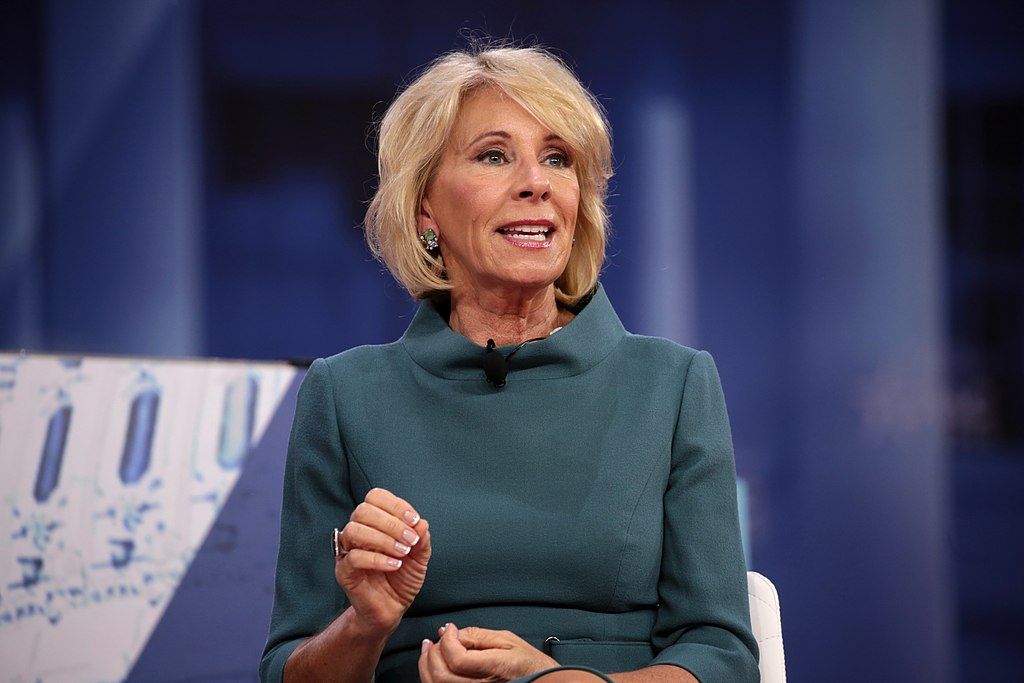In the Wall Street Journal, Josh Mitchell reports that federal government losses on defaulted student loans may far exceed official projections. Former Education Secretary Betsy DeVos asked Jeff Courtney, a former executive at J.P. Morgan, to independently check the government’s numbers. Mitchell writes:
The federal budget assumes the government will recover 96 cents of every dollar borrowers default on. That sounded high to Mr. Courtney because in the private sector 20 cents would be more appropriate for defaulted consumer loans that aren’t backed by an asset.
He asked Education Department budget officials how they calculated that number. They told him that when borrowers default, the government often puts them into new loans. These pay off the old loans, and this is considered a recovery, even though in many cases the borrowers haven’t repaid anything and default on the new loans as well.
In reality, the government is likely to recover just 51% to 63% of defaulted amounts, according to Mr. Courtney’s forecast in a 144-page report of his findings, which was reviewed by The Wall Street Journal.
Federal student loan borrowers can get out of default by consolidating their loans, i.e., taking out a new federal loan to repay the old ones. The problem is that around 40% of people who exit default through consolidation (or rehabilitation, a related mechanism) will fall back into default on their loans within five years. Yet the Department of Education’s official numbers treat these loans as if they’ve been fully repaid.
.@delislealleges @SeeChristensen and I found that borrowers who use a rehabilitation or consolidation to exit default will redefault at a rate of **40%** over the next five years pic.twitter.com/k4curmifXT
— Preston Cooper (@PrestonCooper93) April 29, 2021
Defaulted borrowers typically attended a low-quality college, took out a small amount of debt, and dropped out after one or two semesters. The new revelations in the Journal underscore the need for much stronger accountability rules to ensure that colleges which produce legions of defaulted borrowers no longer have access to taxpayer funding. Meanwhile, the Department of Education should update its accounting rules to honestly report the true scale of student loan losses.


